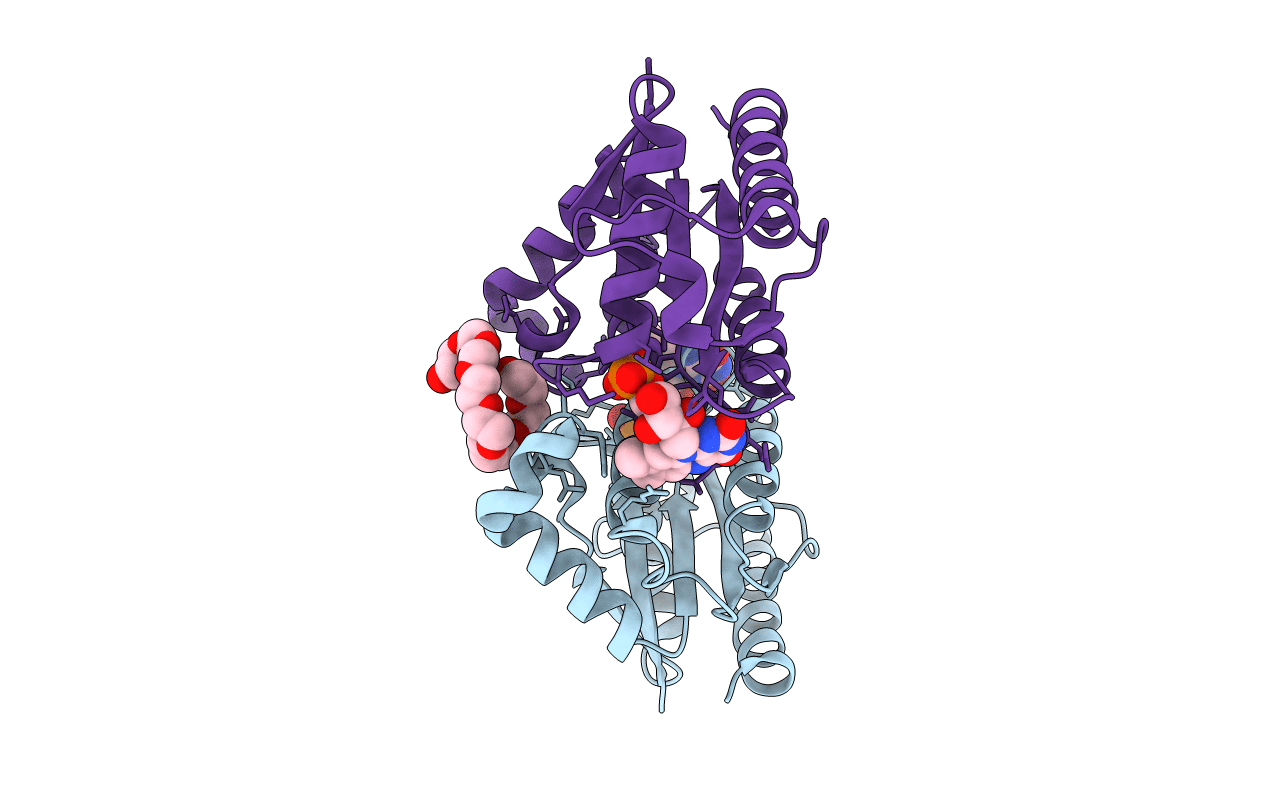
Deposition Date
2011-10-14
Release Date
2012-10-24
Last Version Date
2024-10-09
Entry Detail
PDB ID:
3U7R
Keywords:
Title:
FerB - flavoenzyme NAD(P)H:(acceptor) oxidoreductase (FerB) from Paracoccus denitrificans
Biological Source:
Source Organism:
Paracoccus denitrificans (Taxon ID: 318586)
Host Organism:
Method Details:
Experimental Method:
Resolution:
1.40 Å
R-Value Free:
0.17
R-Value Work:
0.16
R-Value Observed:
0.16
Space Group:
P 21 21 2


